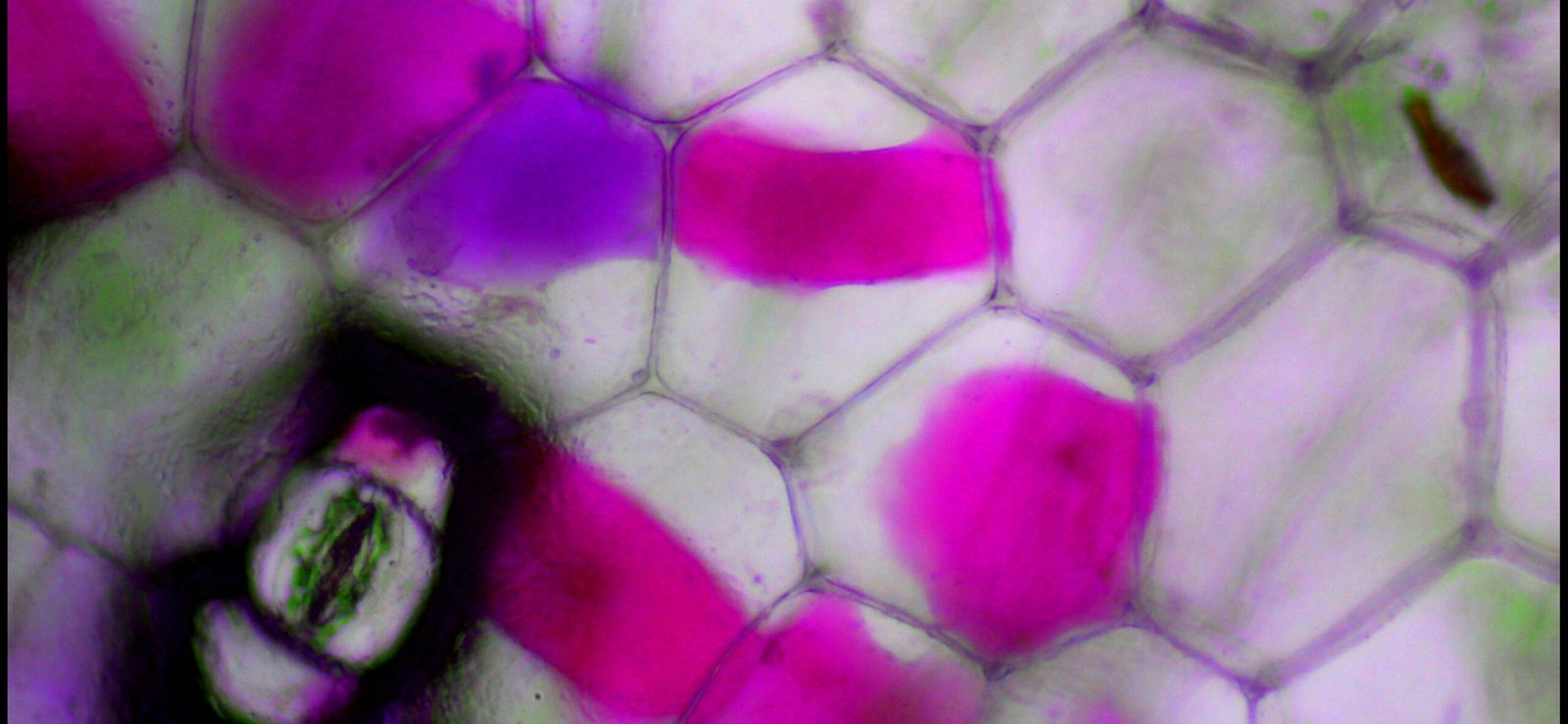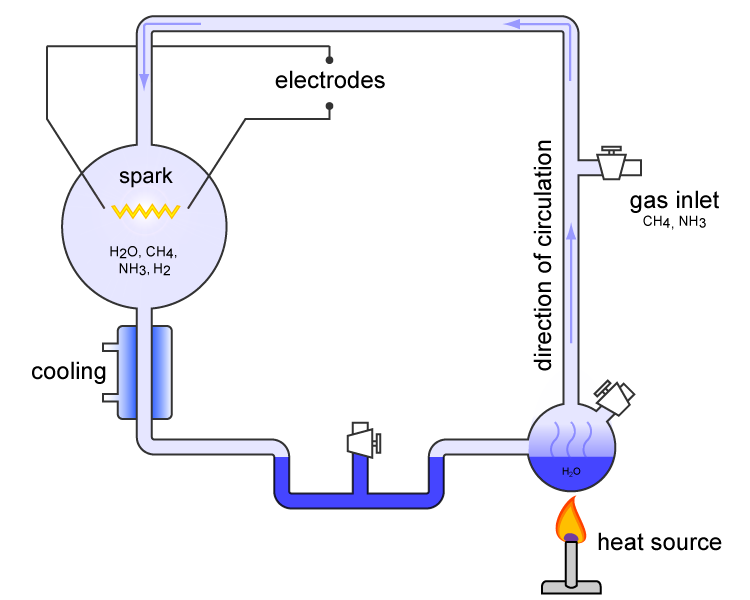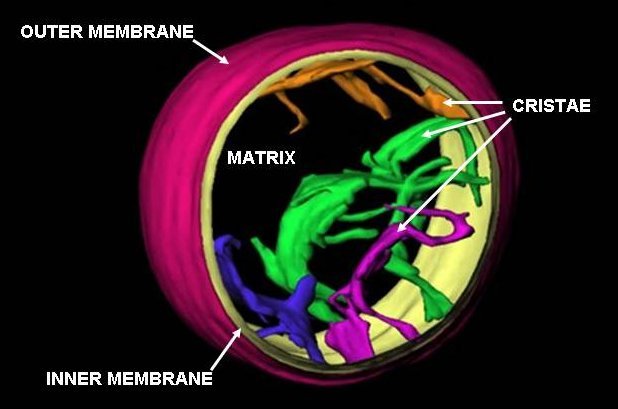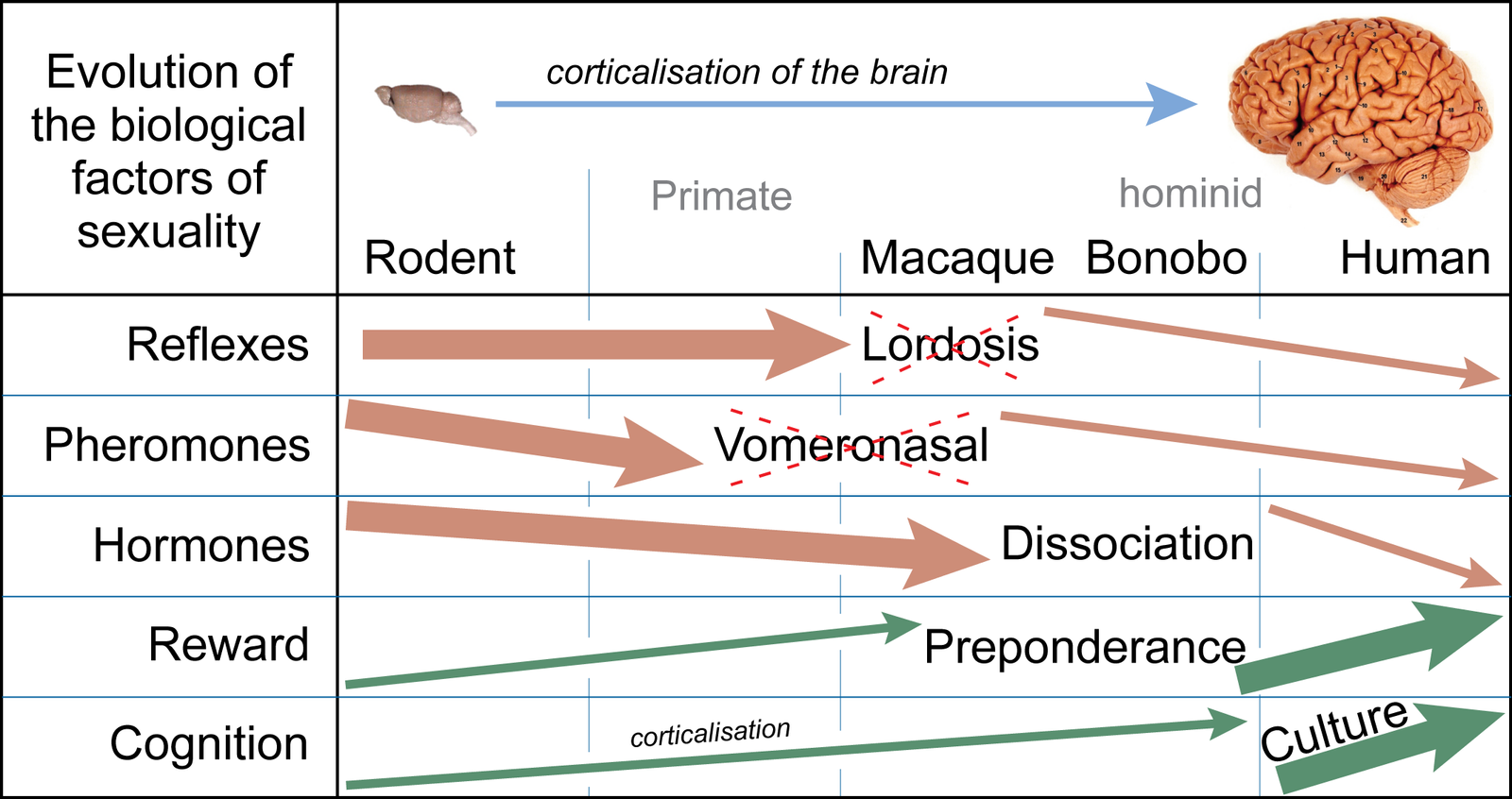Life is a fascinating enigma that has puzzled scientists and thinkers for centuries. How does a mere collection of atoms and molecules transform into living cells, the building blocks of all life forms? The question of whether chemistry alone can create a cell without any external guidance is both thrilling and bewildering. Imagine being able to witness the birth of life from non-life, a process that has remained hidden since the dawn of time. This article delves into the scientific journey of understanding life’s origins, exploring the delicate dance between chemistry and biology.
The Mystery of Abiogenesis

Abiogenesis, the process by which life arises naturally from non-living matter, remains one of biology’s most intriguing mysteries. It suggests that life could have started with simple organic compounds that gradually evolved into complex structures. This concept challenges the traditional notion that life must come from life, posing a revolutionary idea that life itself could be a chemical inevitability. Scientists are captivated by this notion, conducting experiments to recreate conditions of the early Earth to understand how life might have emerged. The search for answers is like piecing together a cosmic puzzle, where each discovery adds a new dimension to our understanding of existence.
Building Blocks of Life: Amino Acids and Nucleotides

At the heart of the cell’s formation are amino acids and nucleotides, the essential building blocks of life. These molecules combine to form proteins and nucleic acids, which are crucial for cellular functions. The famous Miller-Urey experiment in the 1950s demonstrated that amino acids could form under prebiotic conditions, offering a glimpse into life’s potential beginnings. This experiment was like a spark that ignited the scientific imagination, suggesting that life’s ingredients were present on early Earth. However, forming a cell involves more than just assembling these molecules; it requires a precise orchestration of chemical reactions.
The Role of Catalysts in Chemical Reactions

Catalysts are substances that accelerate chemical reactions without being consumed in the process. In the context of life’s origins, catalysts are believed to have played a crucial role in facilitating the formation of complex organic molecules. Natural catalysts, like certain minerals or metal ions, could have provided the necessary environment for these reactions to occur. The concept of catalysis is akin to a conductor leading an orchestra, ensuring that every note is played at the right moment. Without catalysts, the symphony of life might have never begun, highlighting their significance in the grand scheme of life’s emergence.
The Significance of Membranes

Membranes are vital components of cells, providing structure and protection while allowing selective exchange of materials. The formation of membranes from simple molecules is a critical step in the journey from chemistry to biology. These lipid bilayers not only encapsulate the cell’s contents but also create an environment where complex biochemical processes can occur. The emergence of membranes can be likened to building a house, where walls provide shelter and define the space within. Understanding how membranes formed on early Earth is key to unraveling the mystery of life’s beginnings.
The RNA World Hypothesis

One of the most compelling theories about life’s origins is the RNA World Hypothesis. It proposes that RNA, a molecule capable of storing genetic information and catalyzing chemical reactions, played a pivotal role in the early stages of life. RNA’s dual functionality makes it a prime candidate for the first self-replicating system. The idea is that RNA could have acted as both the blueprint and the builder, setting the stage for more complex life forms to evolve. This hypothesis is a testament to the ingenuity of nature, showcasing the potential for life to arise from simple molecular interactions.
Exploring Hydrothermal Vents

Hydrothermal vents, located deep in the ocean, are considered potential sites for the origin of life. These vents emit mineral-rich water, creating a unique environment where life could have emerged. The extreme conditions at these vents, with high temperatures and pressures, mimic the harsh conditions of early Earth. Scientists believe that the chemical gradients present at hydrothermal vents could have driven the synthesis of organic molecules. This environment is like a natural laboratory, where the ingredients for life are mixed and transformed, offering a glimpse into the possible birthplace of life.
The Challenge of Complexity

One of the greatest challenges in understanding life’s beginnings is the complexity of biological systems. Even the simplest cell is a marvel of intricate machinery, with numerous components working in harmony. The transition from simple chemicals to a fully functioning cell involves a series of highly coordinated steps. This complexity is akin to constructing a vast city, where every building, road, and utility must be perfectly aligned. Scientists are tasked with unraveling this complexity, seeking to understand how life’s blueprint came to be encoded in the language of chemistry.
The Role of Chance and Necessity

The emergence of life is a delicate interplay between chance and necessity. While certain chemical reactions are inevitable under specific conditions, the path life took could have been influenced by random events. This duality is a reminder of the unpredictability of nature, where chance encounters can lead to groundbreaking discoveries. The concept of chance and necessity is like rolling a dice, where the outcome is uncertain yet guided by underlying rules. Understanding this balance is crucial to comprehending how life might have originated from a chemical soup.
The Search for Extraterrestrial Life

The quest to understand life’s origins on Earth has fueled the search for life beyond our planet. If life can arise from chemistry alone, it raises the possibility that life might exist elsewhere in the universe. Scientists are exploring planets and moons with conditions similar to early Earth, hoping to find signs of life. This search is a testament to human curiosity, driven by the desire to know if we are alone in the cosmos. The discovery of extraterrestrial life would be a profound revelation, reshaping our understanding of life’s place in the universe.
Life: A Chemical Symphony
In conclusion, the journey to uncover life’s beginnings is a testament to the power of chemistry and the resilience of life. While the question of whether chemistry alone can create a cell remains unanswered, the pursuit of this knowledge continues to inspire and challenge. The story of life’s origins is a reminder of the beauty and complexity of the natural world, a symphony of molecules that gave rise to the diversity of life we see today. As we continue to explore this puzzle, one can’t help but wonder: What other secrets does the universe hold?

